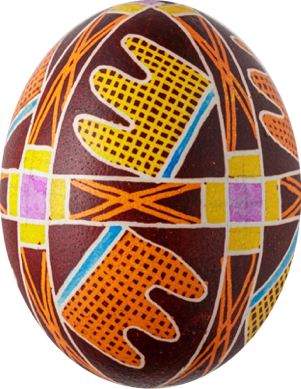Боша Рука
The Hand of God

Боша Рука
The Hand of God
The "Hand of God" (Божа ручка) motif. It is sometimes called a "glove" (рукавичка) or "grandfather's fingers" (дідові пальці). This symbol comes down to us from the stone ages (Paleolithic era).
Аs it is written in Manko's book, in ancient times the hand was a symbol of power/control. It could be the sign of the presence of god, and, as such, a protective talisman for people. It is also thought by some to be a solar symbol, representing the rising of the sun.
Such symbols usually have three or sometimes four fingers–but not five. This can be explained because to early people the god-sun was seen as a bird, and his handprint would thus by the print made by the feet/talons of a bird. Note the similarity of this motif to those called "chicken feet," “duck feet” or "magpie feet," or even to those called "bear paws."
In the examples below, the two symbols on the left are usually identified as hands of god, while the two on the right are called bird's feet. Local names can vary a lot, as the old symbols have become forgotten and renamed over time.....

These are several classic examples of “hand of god” motifs:



The pysanky below from Podillia are given various names: besahy (saddlebags), kryla (wings), holubka (dove), kosi rukavy (oblique sleeves), pavy (peacocks), bezkonnechnyk (endless line). Some sources identify the motif as a ram, but this is actually the ancient hand of god symbol.

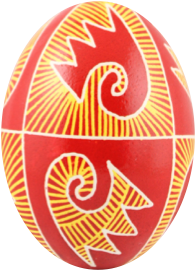
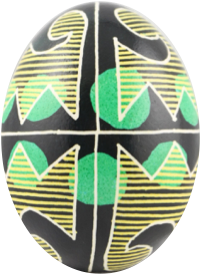
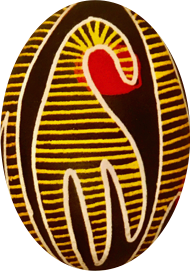
In eastern Podillia, the hand of god motif is often called a “holub” (dove).

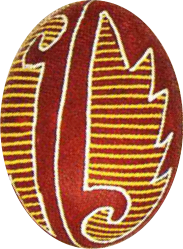
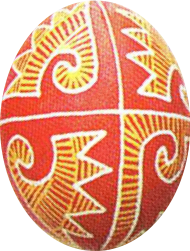
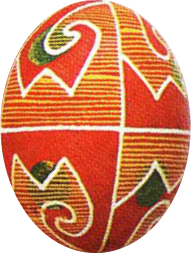
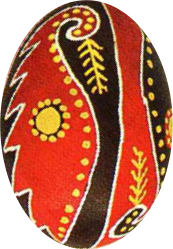
The Sun’s Imprint
